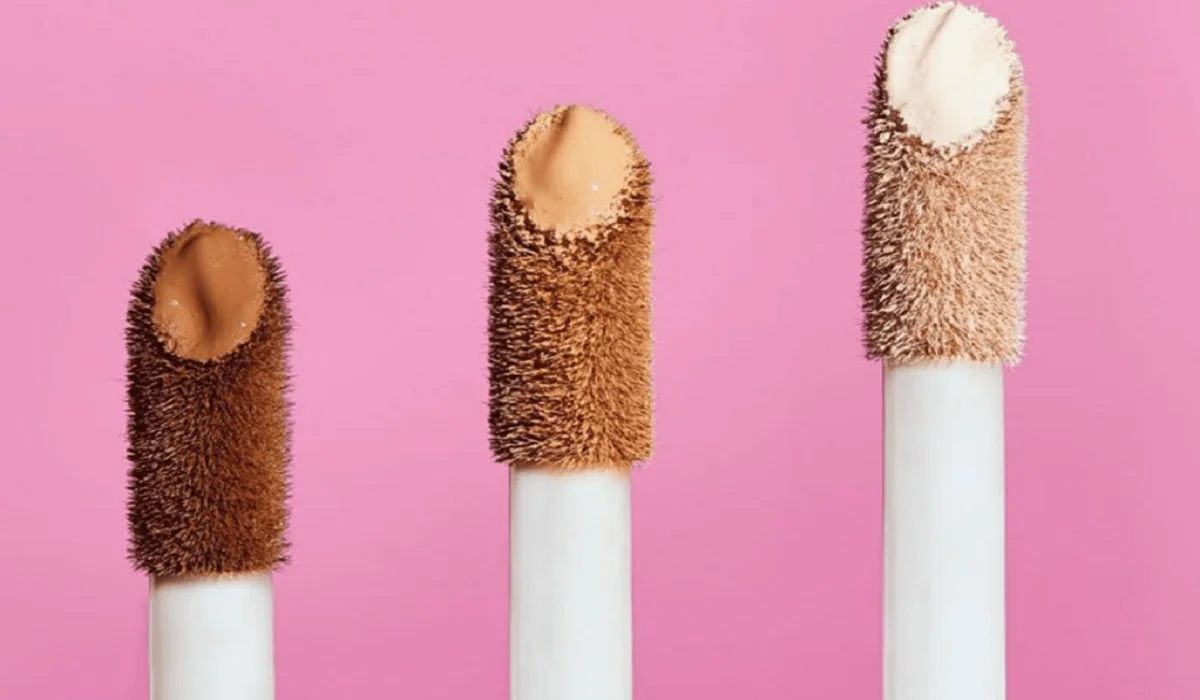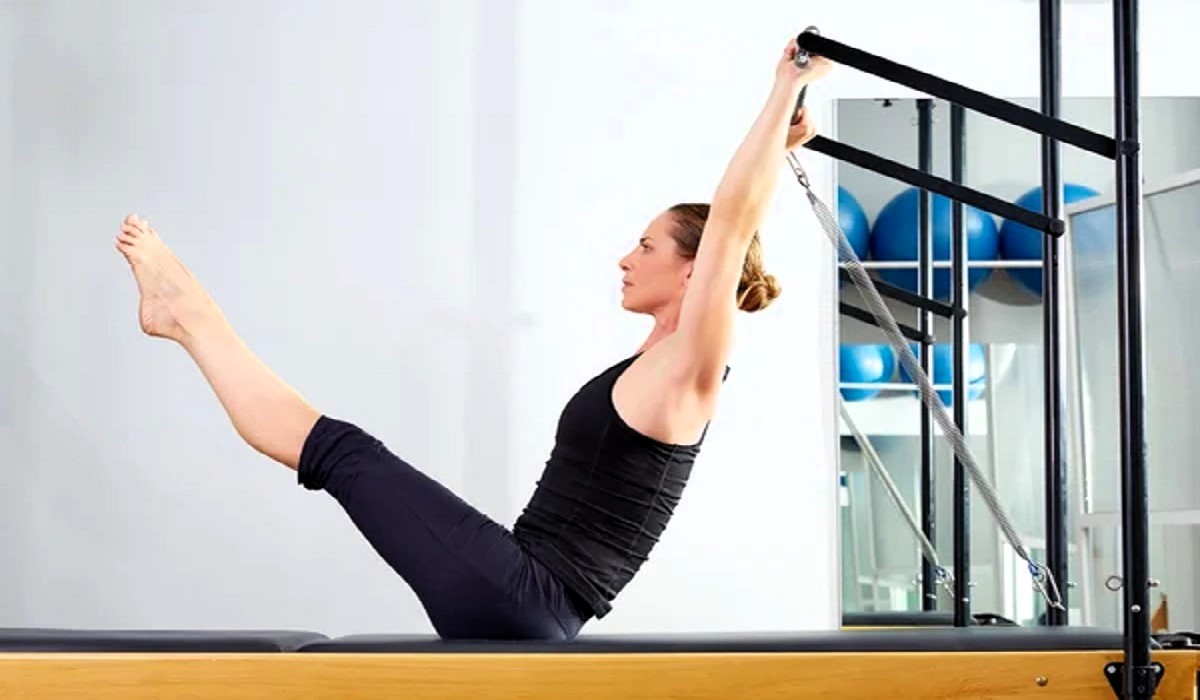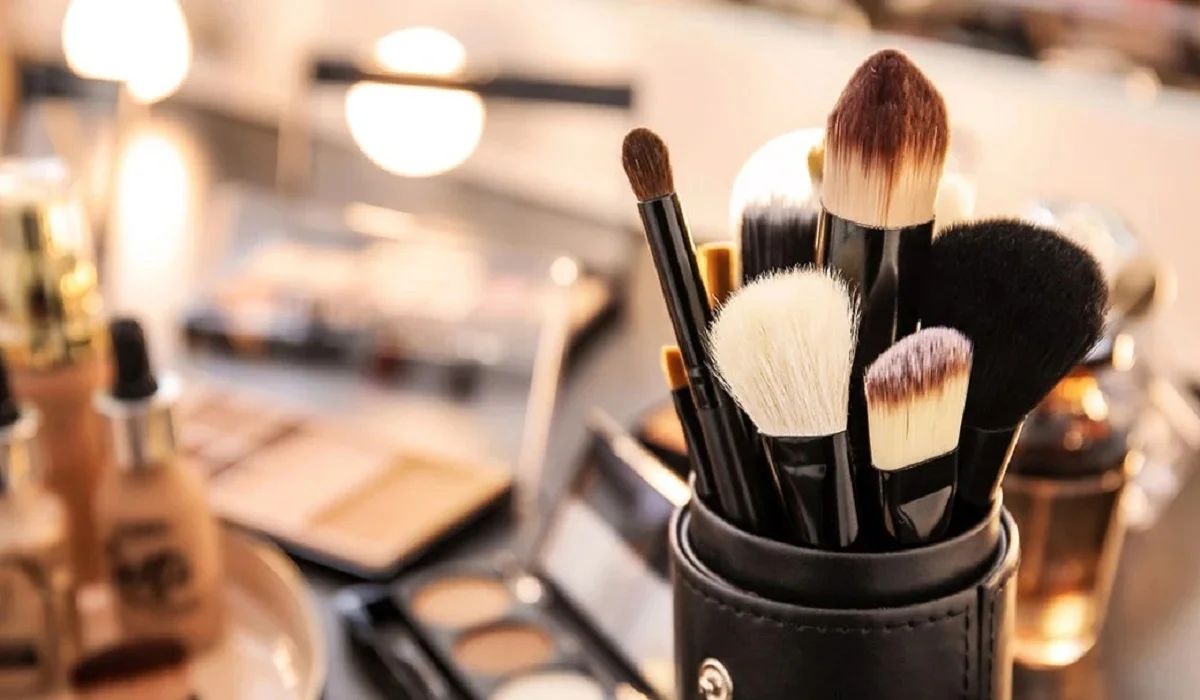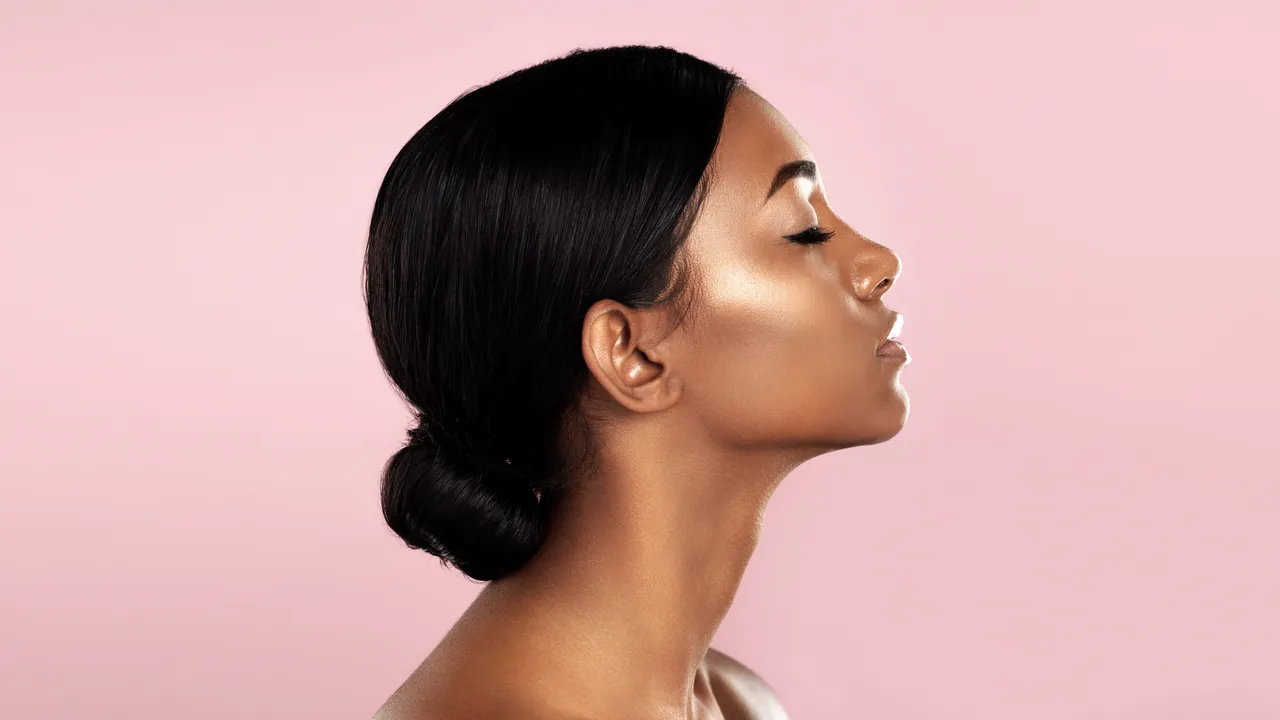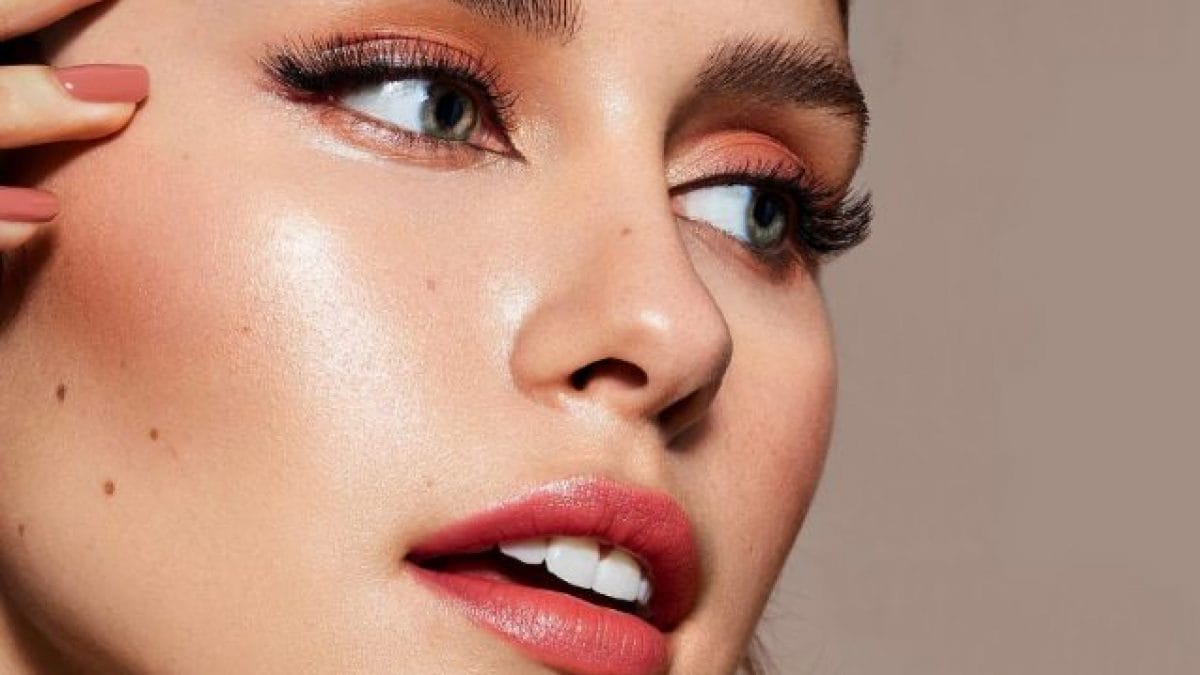For individuals grappling with oily skin, pinpointing the ideal foundation is transformative, elevating the entire makeup regimen. Characterized by an overproduction of sebum, oily skin necessitates a foundation that delivers an impeccable, shine-free finish while ensuring pores remain unblocked. This detailed exploration delves into essential considerations for selecting the optimal foundation for oily skin, aiming for a matte, enduring aesthetic.
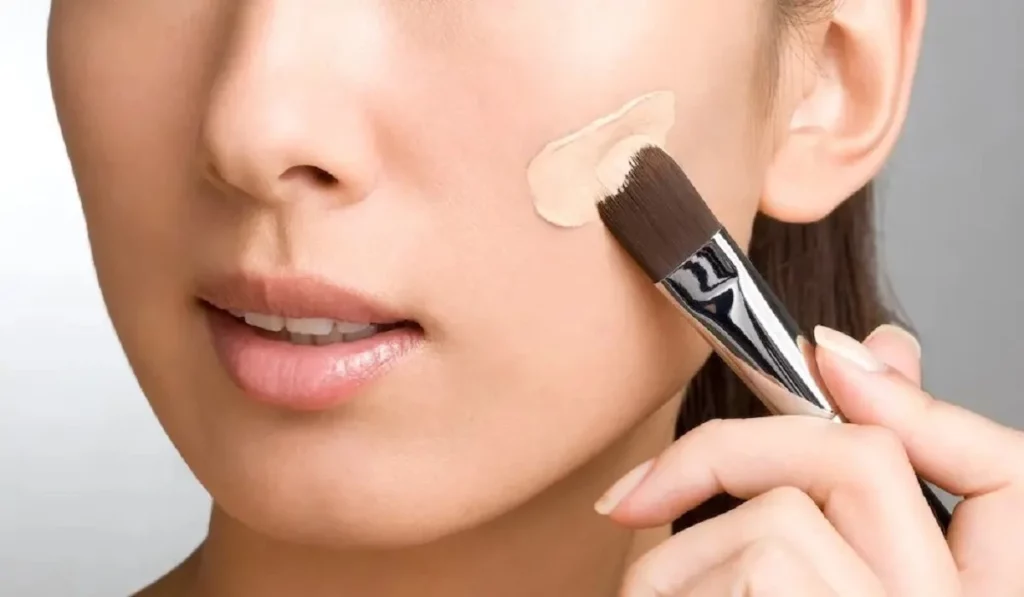
A Deep Dive into Foundation Selection for Oily Skin
Grasping the nuances of your skin type stands as the cornerstone in the journey toward the ultimate foundation. Oily skin, marked by dilated pores, a glossy sheen, and a propensity for acne, benefits immensely from a foundation that not only mitigates shine but also enhances skin quality over time. The endeavor extends beyond mere concealment of flaws; it’s about discovering a formulation that synergizes with your skin’s specific requirements.
Exploring Foundation Varieties for Oily Complexions
- Matte Liquid Foundations: Ideal for oily skin, these foundations are water-based, offering durable coverage that doesn’t contribute additional oil to the skin.
- Powder Foundations: Known for their ability to absorb surplus oil, these foundations provide light, breathable coverage, perfect for midday touch-ups.
- Mineral Foundations: Offering natural, light coverage without oils, fragrances, or irritants, these foundations are well-suited for sensitive, oily skin types.
- Foundations with a Matte Finish: Designed to curb shine all day, these foundations ensure the skin remains fresh and devoid of oil.
Crucial Ingredients to Seek
- Salicylic Acid: Aids in pore unclogging and breakout reduction, invaluable for oily, acne-prone skin.
- Hyaluronic Acid: Contrary to what one might assume, hyaluronic acid hydrates oily skin without adding oil, fostering balance.
- Dimethicone: This silicone-based polymer smooths skin appearance, offering a lasting matte finish.
- SPF Protection: Essential for guarding oily skin against sun damage, foundations with SPF enhance skin appearance while offering protection.
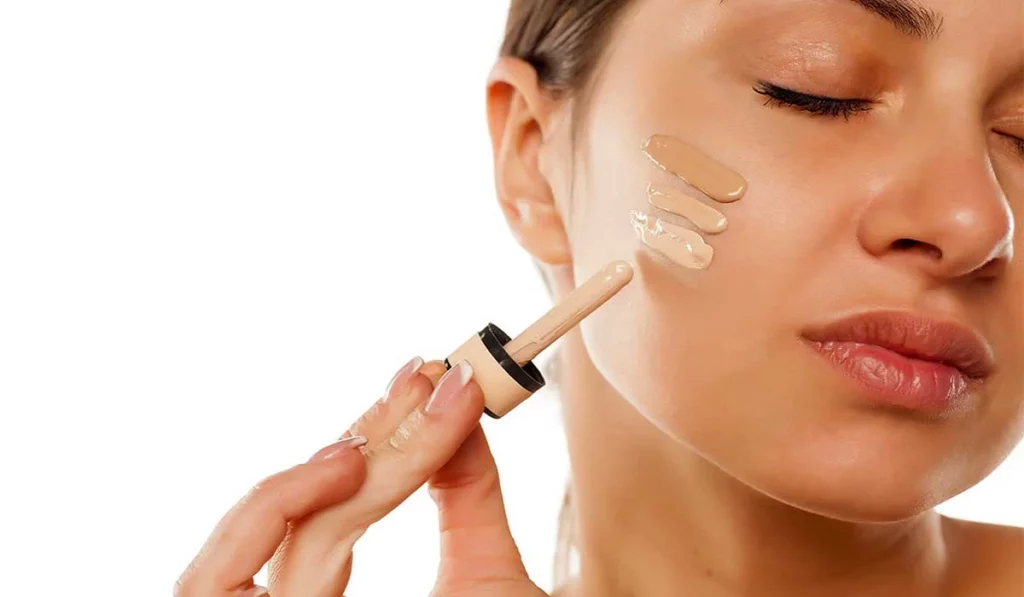
Components to Avoid
- Oil-Based Formulations: These can exacerbate oily skin issues, leading to a more greasy look and potential acne flare-ups.
- Fragrances and Alcohol: Potentially irritating, these components can dry out the skin, causing it to produce more oil in response.
- Comedogenic Substances: It’s crucial to opt for non-comedogenic foundations that don’t block pores or trigger breakouts.
Foundation Testing: Shade and Type Evaluation
- Patch Testing: To guarantee compatibility, test the foundation on your jawline, checking both the shade match and skin reaction.
- Consideration of Lighting: Assess foundations in natural light for the most accurate depiction of how the foundation will appear throughout the day.
Application Insights for Oily Skin
- Utilizing Primer: A primer for oily skin sets the stage for a smooth foundation application and enhanced longevity.
- Choosing Application Tools: Beauty sponges or brushes tailored for oily skin promote even application without adding oil.
- Setting with Powder: A finishing touch of setting powder helps absorb any remaining oil, ensuring makeup stability.
Oily Skin Maintenance via Foundation
- Adhering to a Skin Care Regimen: A dedicated routine for oily skin can markedly improve foundation performance.
- On-the-Go Shine Control: Keep blotting papers or compact powder close for swift shine management.
- Thorough Foundation Removal: End each day by fully removing foundation to avert pore blockage and acne.
Reviewing Popular Foundations for Oily Skin
A comprehensive review of both accessible and premium foundations, accentuating their advantages for oily skin, equips readers with varied options that align with their financial plan and preferences.
Enhancing Foundation Endurance
- Blotting Papers: Essential for oily skin, these papers lift excess oil without disrupting makeup.
- Hydration and Nutritional Balance: Interestingly, adequate hydration and a nutritious diet can regulate oil production, augmenting foundation durability.
Navigating the selection of a suitable foundation for oily skin need not be overwhelming. Armed with the correct information and tools, you can uncover a foundation that not only enhances your appearance but also promotes skin health. The aim is to secure a balanced, matte finish that offers comfort and a natural look.


